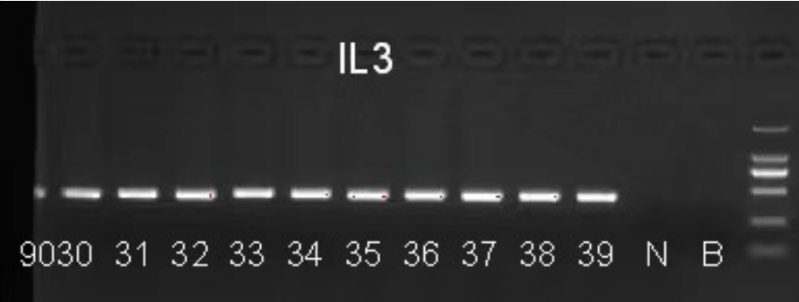Genotyping of rats and mice is an indispensable part of animal experimental research and is also a basic routine work. To save your valuable time, we can provide detection services.
The basic principle of genotype identification using polymerase chain reaction (PCR) is to use the sequence differences between the target genes of genetically engineered rats and mice and the corresponding wild-type genes to amplify the corresponding sequences with PCR, and to distinguish different genotypes by the band differences in agarose gel electrophoresis (sometimes combined with first-generation sequencing). For example, to determine whether the animal is homozygous, heterozygous, or wild-type.
Service Methods:
1. You provide the detection primer sequence, and we will perform the detection according to the primers you provide and issue a detection report.
2. You inform us of the sites you need to detect, and we design the primers for detection and issue a detection report.
Successful Cases:

Figure 1. Positive mice have the target band, and negative mice do not have the positive band.

Figure 2. Two pairs of primers are used to detect gene knockout mice, which can detect wild-type, heterozygous mutant, and homozygous mutant mice.

Figure 3. Two pairs of primers are used to detect point mutation mice, which can detect wild-type, heterozygous mutant, and homozygous mutant mice.

 animalmodel@vital-bj.com
animalmodel@vital-bj.com +8610-84928167
+8610-84928167